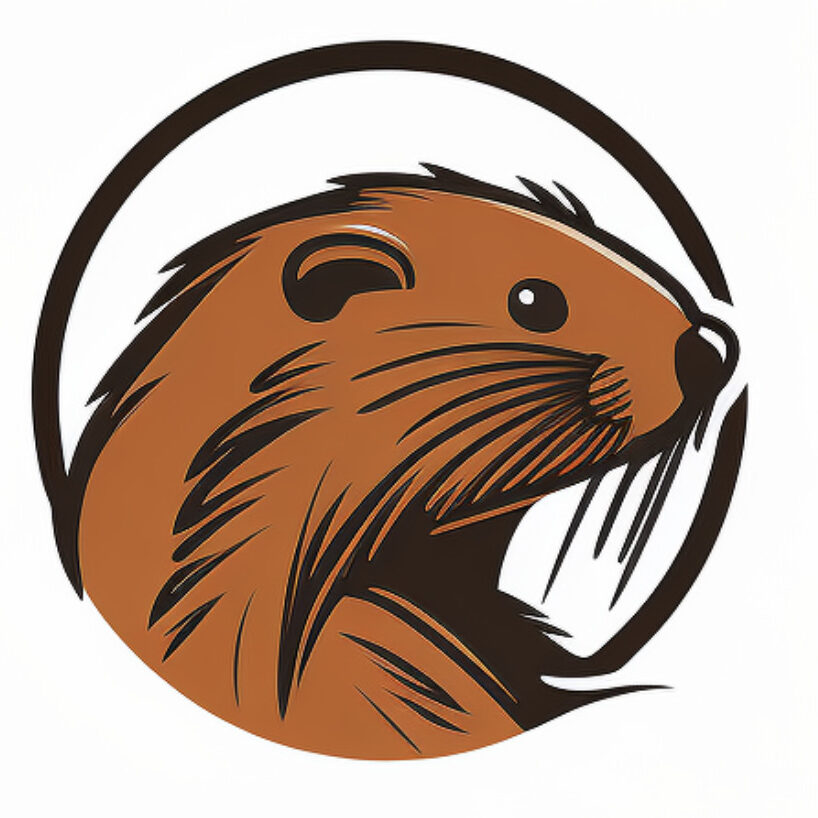We’ve been through a lot in Greece since 1997. However, this year’s trip to Loutra Eleftheron is indelibly etched in our memories. The experience I’m about to tell you about ranks in the top 10. It is a mixture of bizarreness, wonder, splendour and sadness. But first things first…
Minimum of information
This trip In Greece was born in my head like many similar ones. I just sit over Google maps and see what’s interesting in the area. I scroll along the coastline, the beaches, click on users‘ photos. And then something catches my eye! The name Loutra (Czech for spa) Eleftheron just off the sea near the former main road from Thesaloniki to Kavala. It’s supposed to be some kind of extinct thermal baths. Apart from a few photos there is really extremely little information on the internet. nothing about the history, nothing about when the baths were closed or how and when they were created. Anyway, we’ll do some research, it’s a bit cloudy, so we’ll go for a swim in the thermal baths. It’s about 40 km from Asprovalta, where we’re staying.
Loutra Eleftheron - like the world after the apocalypse
The way to the place is not difficult, the navigation leads us simply, along the former main road to Kavala. And then there is the exit to the left and the classic blue and white sign Loutra Eleftheron 1 km. But after a while of driving we start to stare with our mouths open! The vegetation surrounding the road thickens and in some places is so constricted by climbing ivy, brambles and thorns that we have to zigzag. Here and there the tarmac has cracked under the force of clubbing roots – nature is taking its toll. All that’s missing now are the zombies and the impression of the apocalypse is complete. After a while we see a few cars, a rusty gate and a few people returning with towels around their necks. We’re right here.
Beyond the gate, blocked by branches and rocks, is another world. Various buildings are scattered among the lush vegetation, grass and massive plane trees. For some, their purpose is obvious, as they are marked with a sign (e.g. restaurant.) For others, we can only guess what they were used for. Greek sprayers are on the rampage here, as they are here, so everything is properly tagged. But junk like shrapnel, plastic, etc. is not here. It’s an urbexer’s dream. In one of the buildings, which was probably used for medical treatments, there are still bathtubs and a pool with thermal water. But we want to bathe in nature, as we saw it in the few available photos on Google.
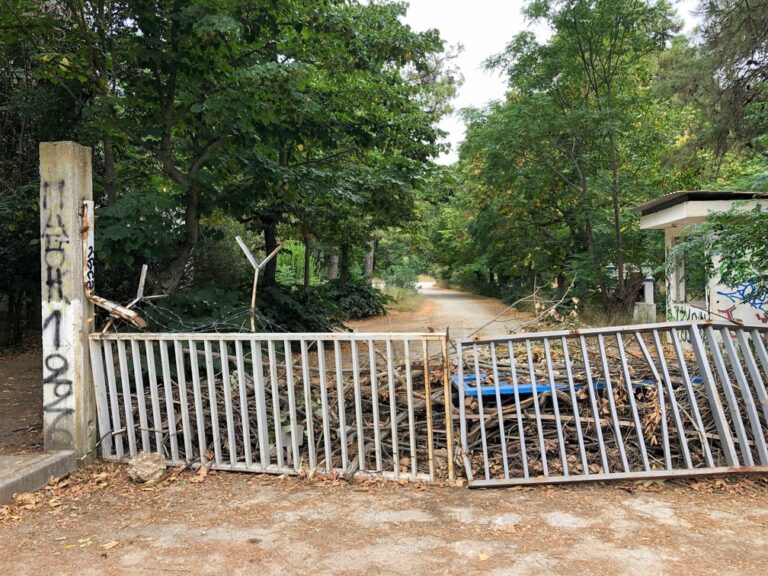
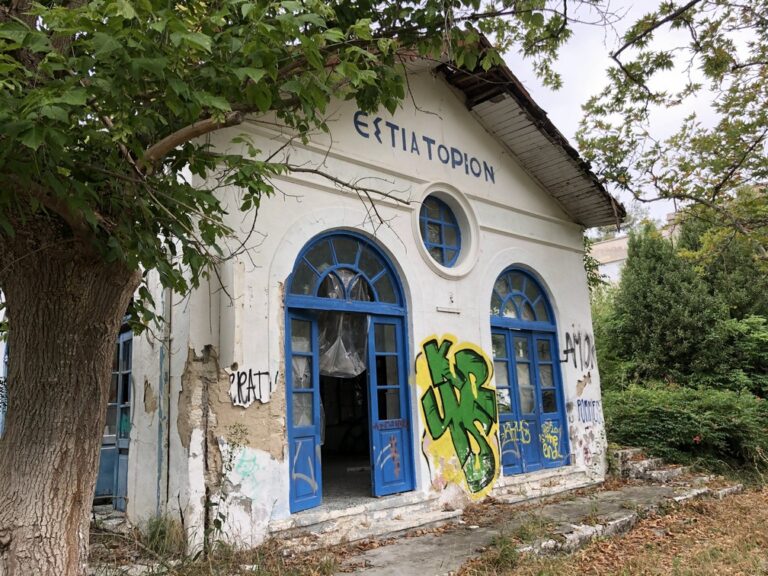
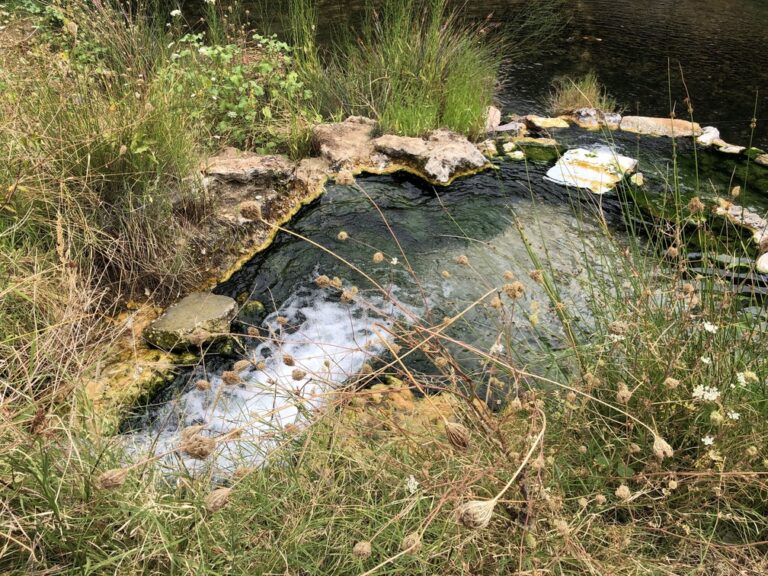
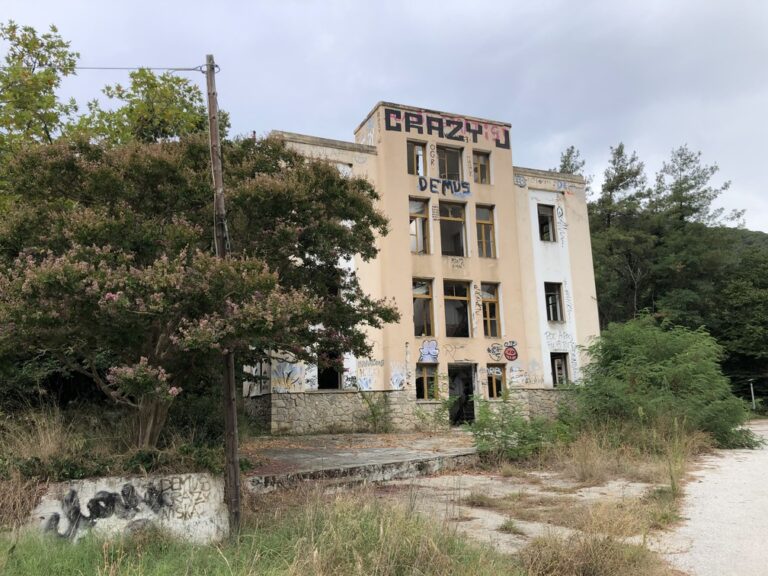
Let's warm our bones!
And just behind one of the first buildings we find the first thermal pool just above the river. We continue upstream past the main spa building over the bridge. One of the semi-dilapidated buildings apparently houses the local hippies. But we are interested in the river and what flows into it. We take off our shoes and wade across. It’s suspiciously warm and as we get closer to the other bank, where a small stream flows into it, the temperature rises. Here’s another thermal spring! The air is a little thick with the smell of hydrogen sulphide and there are interesting green rows growing by the spring and the feast is warming up nicely. This is very close to us Karlovy Vary people. As more people start to arrive we move to the first spring. We load ourselves in our swimsuits into the hot water. It’s under a cloud outside, so the sun is making up for it today. We also walk through the lukewarm thermal river, The water temperature at the springs outlet ranges from 36 to 42 degrees Celsius. It is rich in sulphur sources, so it is ideal for musculoskeletal disorders (osteoarthritis, rheumatoid arthritis, back pain, etc.) and skin diseases. However, you can’t stay in such warm water for long, the sulphur smell is a bit confusing to the senses, but otherwise it is really pleasant. Thoroughly warmed up, we pack up to leave. The sun comes out and we’ll go to the sea today to cool down.

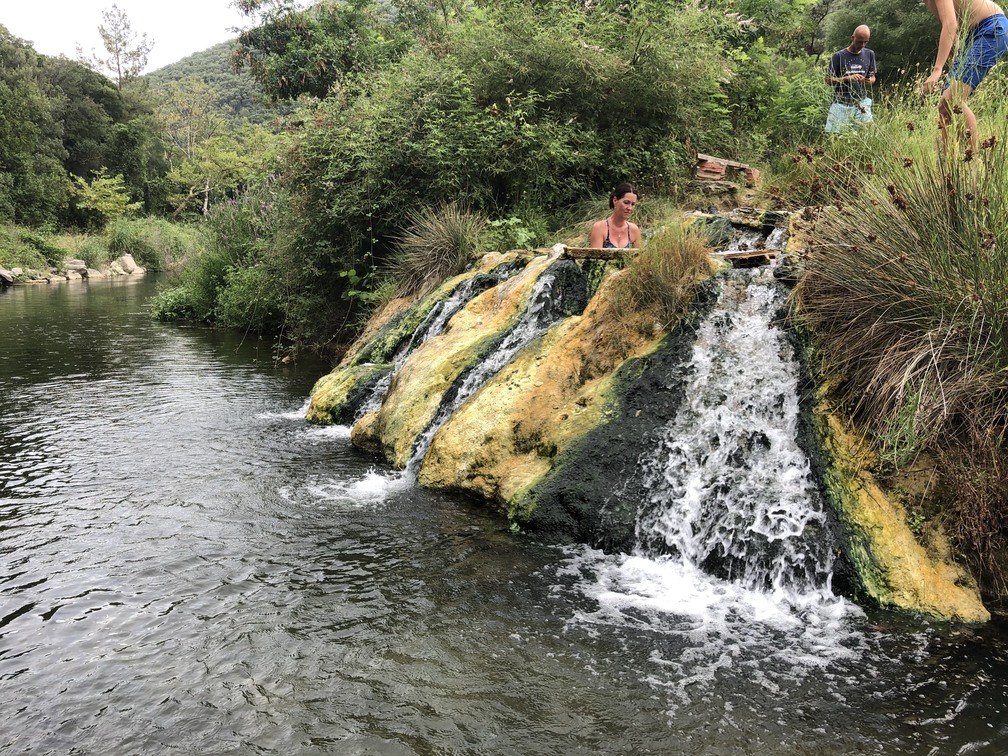
The mystery is not solved...
Only after returning home do I find that the main natural thermal pool is located further upstream. What is still a mystery to me is the minimal information about this location. Such a Thracian Area 51… Although I did find a little something on Greek Wikipedia. It sheds some light on some questions, but it makes me want to do more research.
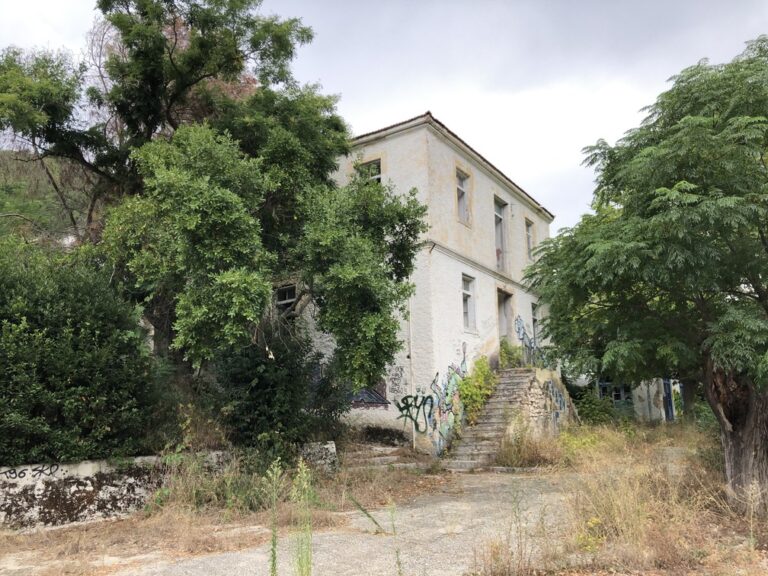
What does Wikipedia say?
The thermal springs of this area have been known since antiquity. Probably there was an ancient city of Apollonia , whose name is related to the thermal springs. The waters of the springs have a chloride composition with hydrogen sulphide and have a temperature of 37 to 41,5 °C. Their total surface supply is estimated at about 267 cubic metres per hour, and their waters are considered suitable for musculoskeletal disorders, skin diseases, circulatory disorders, inhalation therapy for asthma, etc. Today, 31 buildings have been preserved in the spa. The oldest preserved building is the Ottoman bath house from the end of the 18th century. The area was transformed into a spa town when Zachos, a tobacco merchant, took over its operation from the Ottoman government in 1908-1910. The buildings attributed to him are the „Amfipolis“ and „Pangaeo“ hotels and the ground floor of the restaurant building. Due to the great distance of the spa town from any settlement, various shops were built there, such as a bakery and a grocery store. The buildings in the spa town continued to be constructed throughout the 20th century, creating a small settlement that is now completely abandoned.. but why?
